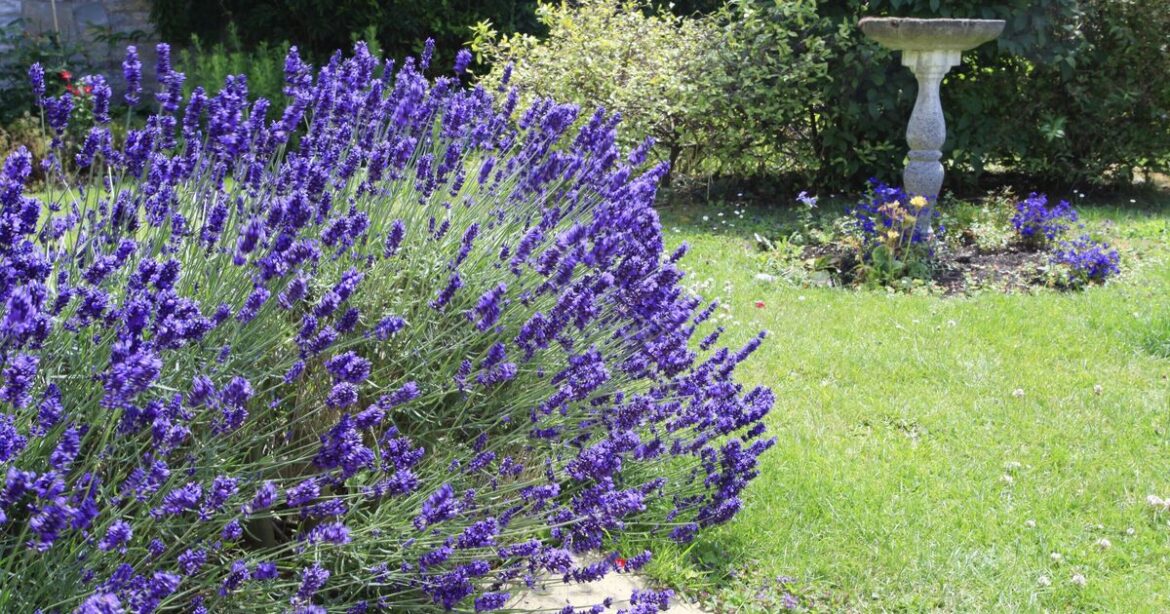Alan Titchmarsh knows what he’s talking about when it comes to all things gardening, particularly when it’s about nurturing lavender. Alan pointed out that the one plant garden enthusiasts should not be without this summer is lavender. He highlighted their versatility, as they can be cultivated as tidy edgings along a path, around flower beds, or paired with perennials at the front of a border.
The gardening expert stated that lavender “looks fabulous” with alliums, particularly the large, purple, drumstick variety that is currently in their prime. Lavenders are not only aesthetically pleasing and fragrant, but also practical. The flowers can be cut for indoor display, dried, and the individual florets rubbed off for use as potpourri.
While lavender plants are “easy to grow”, they “need the right growing conditions” and care, Alan emphasised.
Pruning is one specific task that owners need to undertake. He explained: “Lavenders aren’t difficult plants to look after, but you must prune them.
“An unkempt lavender soon turns from a neat, busy youngster into a straggly geriatric with bare, arthritic woody stems, stunted bunches of foliage and very few flowers.”
The gardener elaborated that pruning serves as an “annual rejuvenation treatment” that “prolongs life to keep lavender looking good, besides keeping them in shape for better blooms”.
However, gardeners need to approach pruning differently for various types of lavender and understand the optimal time to prune lavender.
The perfect moment to prune lavender is typically late summer or early autumn, just as the plant ceases to bloom. Yet, if it’s necessary, pruning can be done at other times throughout the year.
Alan highlighted that traditional English lavender and its hybrids, which boast long flower spikes in June and July, require a gentle trim right after blooming – it’s crucial to avoid cutting into the old wood as much as possible.
Lavandula stoechas varieties begin their display in May, and these should simply be deadheaded regularly – snip off each spent flower along with a short stem as soon as they fade, but leave the rest of the plant alone.
By doing so, “they’ll keep flowering in dribs and drabs throughout the summer” and well into early autumn.
Lavender shrubs don’t take kindly to severe pruning. As a rule, aim to reduce about one-third to half of the plant’s current size. It’s important never to cut back more than two-thirds, as the plant may struggle to recover.

